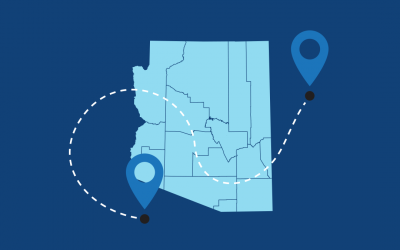Navigating the world of e-commerce can feel like learning a foreign language, with terms flying around faster than overnight shipping. Whether you’re a budding entrepreneur or a seasoned online seller, understanding the basic lingo of fulfillment can mean the difference between smooth operations and total chaos. From “picking” and “packing” to mysterious acronyms like FBA and 3PL, this guide will help you speak the secret language of shipping like a pro.
Let’s review some of the common fulfillment lingo:
3rd Party Logistics: Sometimes abbreviated 3PL, 3rd party logistics (or third party logistics) refers to the handling of your shipping by another company. Many businesses hire another company that specializes in shipping to handle their packages and other logistics-related needs.
3rd Party Fulfillment: This is the flipside to 3PL. 3PF is the preparation of orders for shipping, including warehousing and order processing. 3PF companies sometimes also handle the order taking and handle returns, as well as printing and mailing product catalogs.
Fulfillment Center: A warehouse where inventory is stored, managed, and orders are processed and shipped.
Distribution: When your products are with a shipper, they’re routed to various individuals or other businesses. The routing and handling of the packages to their destinations is the act of distribution.
FIFO: An abbreviation that means first in, first out. It’s common to find FIFO systems where inventory is prone to spoilage, but many product fulfillment handlers utilize this system to keep fresh products rotating to customers. In essence, the newest batch of products are stocked behind older batches of the same item, and the older items are pulled from the shelves and shipped first.
Full Service Logistics: Many logistics companies use this term haphazardly, but when someone claims to be a full-service logistics company, they can and should be handling all your order management, warehousing, distribution, shipping and returns. They provide a full service, from the moment your customer picks up the phone or gets online to place an order to after that item is delivered.
Kitting: When you have items that are frequently purchased together, it makes sense to combine them into one package at the warehouse level to expedite the building of orders. Kitting also reduces the likelihood of errors, since items that are ordered together are already placed together in one package and tracked under the same number in the warehouse. (Read more about Kitting in this blog post.)
Light Assembly: Your products may not always arrive at the warehouse fully assembled, but that’s ok. Most facilities will manually build your products with basic tools if you need them to do so.
Order Fulfillment: When a customer places an order, someone has to pull the items from the shelves, pack them into a single box and ship it to its final destination. Order fulfillment may be completed by the business owner or a third party.
FBA (Fulfillment by Amazon): A service where Amazon stores, picks, packs, and ships products for third-party sellers.
Ready to transform from fulfillment newbie to logistics lingo master? You’ve just unlocked a treasure trove of knowledge that will help you navigate the exciting world of e-commerce like a pro! ShipWizard is your trusted partner in scaling your online operations with precision and ease!Take the first step towards streamlined fulfillment! Use our FREE fulfillment cost calculator and discover how we can help your business grow. Click, connect, and conquer the e-commerce world with ShipWizard – your dedicated 3PL partner.









